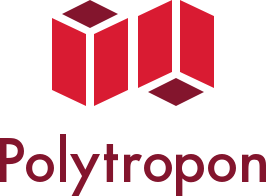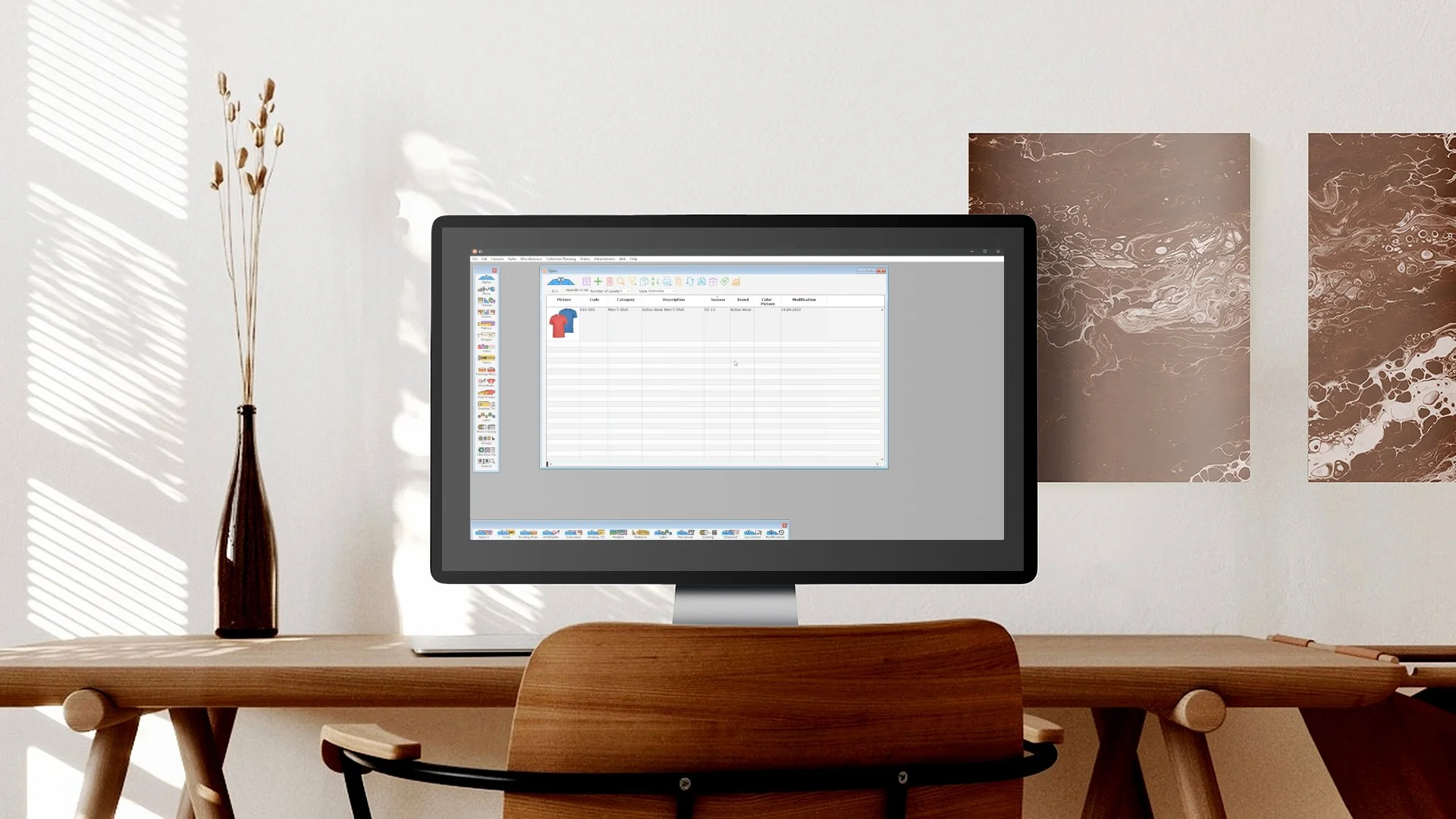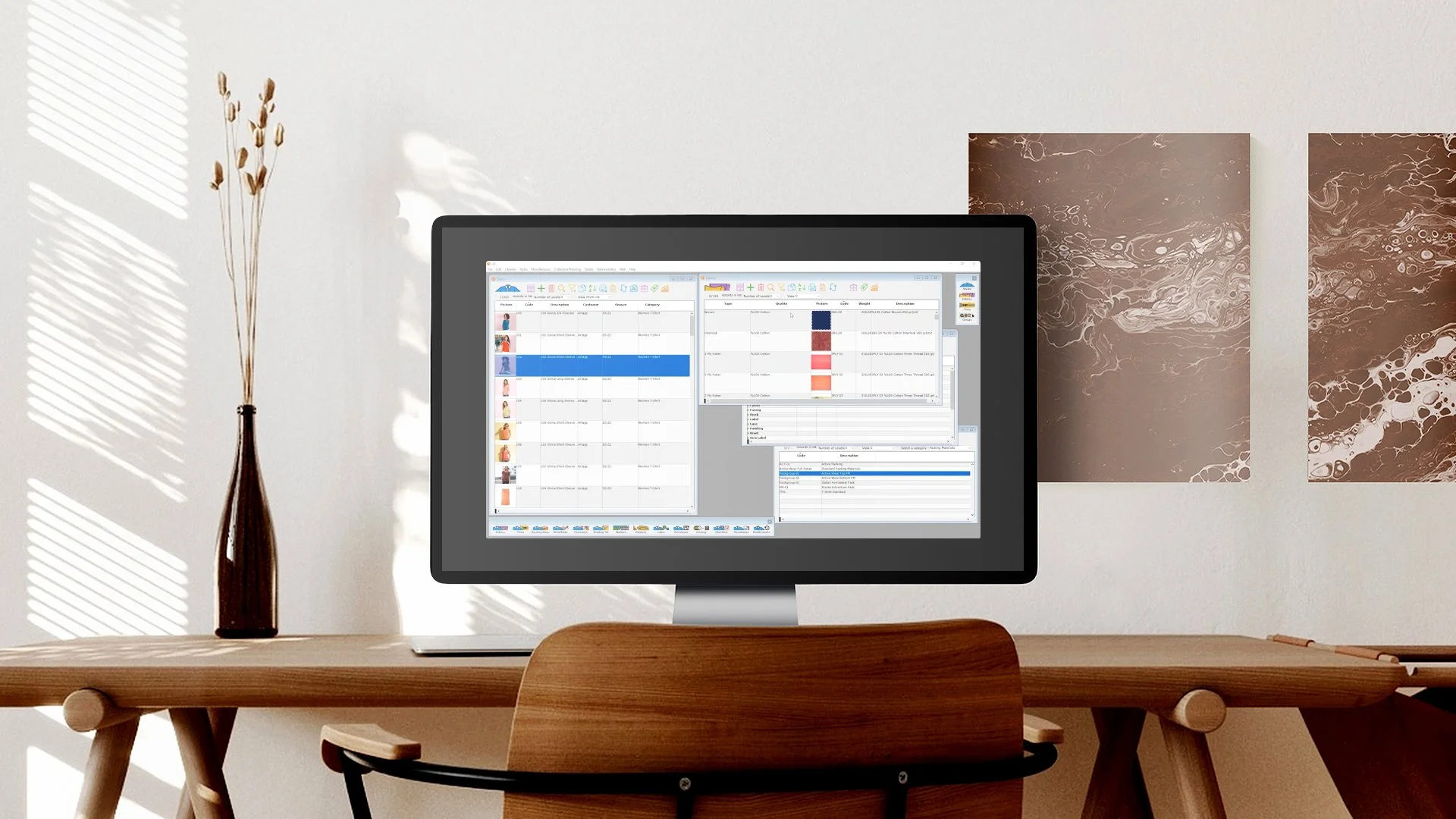Using PolyOrganize to navigate ever changing production conditions
Production conditions are changing constantly. And so are material costs, availability, currency rates and product specs. In order to meet our margins, we need a flexible pre-costing system which lets us quickly adapt to the present conditions.
Here are a few examples where PolyOrganize help us adapt to change:
Let’s start with a style whose spec is nearly complete. We open the costing window and immediately see all the materials used with their associated prices. We click to bring in the latest prices for all the materials. For knit fabrics, we can drill down and check yarn and process costs.
Changes in Spec
Then let's say we have a change in spec and we decide to swap out the main fabric for a heavier one. We can easily perform this substitution in our product spec and then go back to costing to know the exact effect of that change. We see the new material, drill down to the knitting process, and change the knit process cost because we are now aware increases are coming.
Replacing a Supplier
When we first did this costing we were using one supplier for boxes, but they now informed us that they can't supply us in time for our shipment date. So we select another supplier and our cost is updated to reflect this change.
Labor or Processing costs
We move on to labor or processing costs. Again, this can get very detailed but we'll bring up a simple template we've developed where we can directly add our estimated costs.
Total Costing
Finally, we move on to our total costing, where again we can set up templates to reuse for any scenario. In this case, we've used a pre-set markup of 35% so we can see the price we should quote. We can change that markup to see the price at a lower markup of 30%. And then we can enter the target price to see that the markup updates to 24.90% for that target price.
Currencies and Exchange Rates
Last but not least, we've got to deal with currencies and exchange rates. PolyOrganize lets us handle that in three ways - first, we can set and update a preferred or reference rate, second we can get the current rates from central banks on a chosen schedule, and third, we can enter a specific rate. We can choose any of these options when we convert currencies based on where we are in the cost and quote cycle.
That’s it! These are just some of the features to empower you to manage product pre-costing and pricing. We’ll be showcasing more in the future so let us know if you have a scenario that applies to your organization.
Stay tuned for our next episode!




